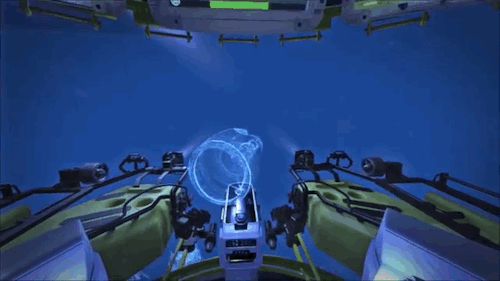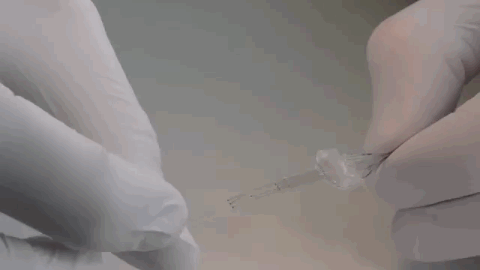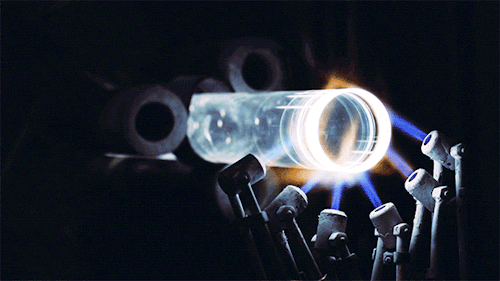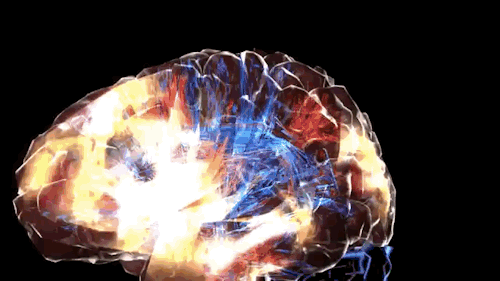The parasites that cause malaria, from the plasmodium genus, can lay low in their victims’ blood and organs and hide from common malaria tests. Up to three months can pass before cramps, chills, fever and other symptoms appear, but they can be easily confused for other maladies. During this period, the parasite can break out and infect mosquitoes, which spread it around and cause infection in others.
Where does the human end and the machine begin? In the era of neuroprosthetics, tiny electronic devices embedded in the body that stimulate the brain and other parts of the nervous system to improve their function, this question may soon get harder to answer.
Last week, for example, researchers at the Federal Institute of Technology in Lausanne, Switzerland, introduced a flexible neural implant that delivers electric and chemical pokes directly to the nervous system. In early trials, it allowed paralyzed rats to walk again with fewer side effects than other treatments.
“Fused quartz implies crystals, but it’s a misnomer,” says Thomas McNulty, a material scientist at GE Global Research and a quartz expert. “Even though it has distinct properties like crystalline solids, the material is actually amorphous.”

Mark Frontera’s cellphone wouldn’t stop ringing. It was Thursday afternoon, Oct. 11, 2012, and the engineer was in a meeting with a manager. Whoever it was on the other end could wait, so he sent the caller to voicemail.
A moment passed, and again it rang. He looked at the caller ID. It was Tara, his wife. He excused himself and answered. He could hear the panic as her voice trembled in hysterics.














